
Leading on from Magnets in movies, they are also referenced amongst our favourite TV programmes. We will try and avoid any spoilers; in case you haven’t watched the programmes we discuss. So, let’s get started…
Breaking Bad
Using a monster scrapyard magnet to erase all data from a computer hard drive through a concrete wall. Would this really work?
In this episode Mike, Walt and Jesse discover the laptop with incriminating evidence on has already been placed in the police station evidence room. This leads to Mike and Walt arguing on how they can break into the police station, until Jesse suggests they use a giant magnet. They follow through with his suggestion and meet with Old Joe at his scrapyard, to borrow the electromagnet he uses to move scrap cars.
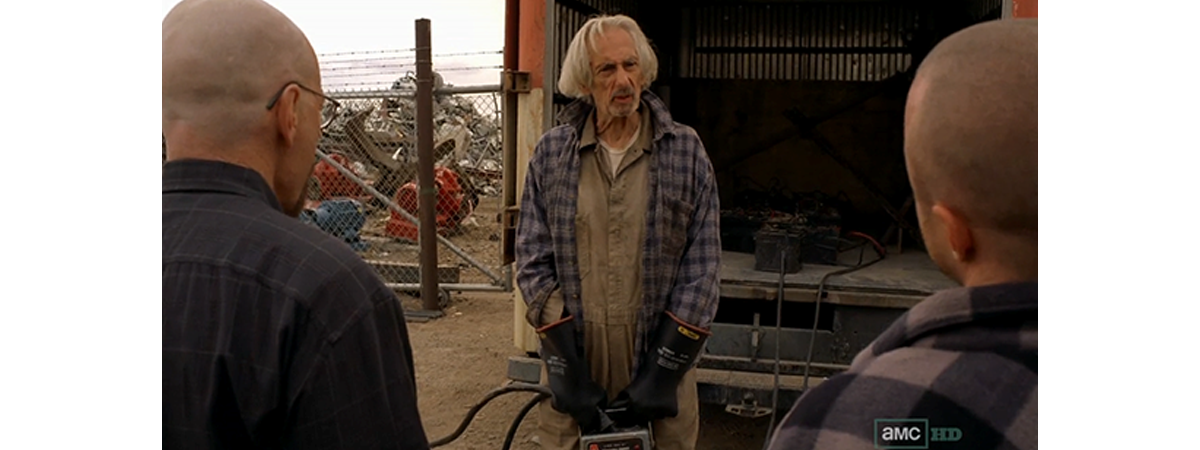
The electromagnet is wired to 42 car batteries inside a moving van. They trial the idea on a laptop in at the scrapyard and are delighted to learn it was a success! So, that night Mike hot-wires the gate into the APD parking lot, whilst Walt and Jesse drive the van to the outside of the evidence room. The magnet disables the guard’s computer, alerting the police. With only one opportunity, Walt turns up the electromagnet to its highest voltage, the force is so strong it turns the van over. The electromagnet manages to destroy the evidence room, with the police finding all ferrous materials stuck to the center of the wall. This leads the police outside to find an abandoned van. The trio had already got away in Mikes car!
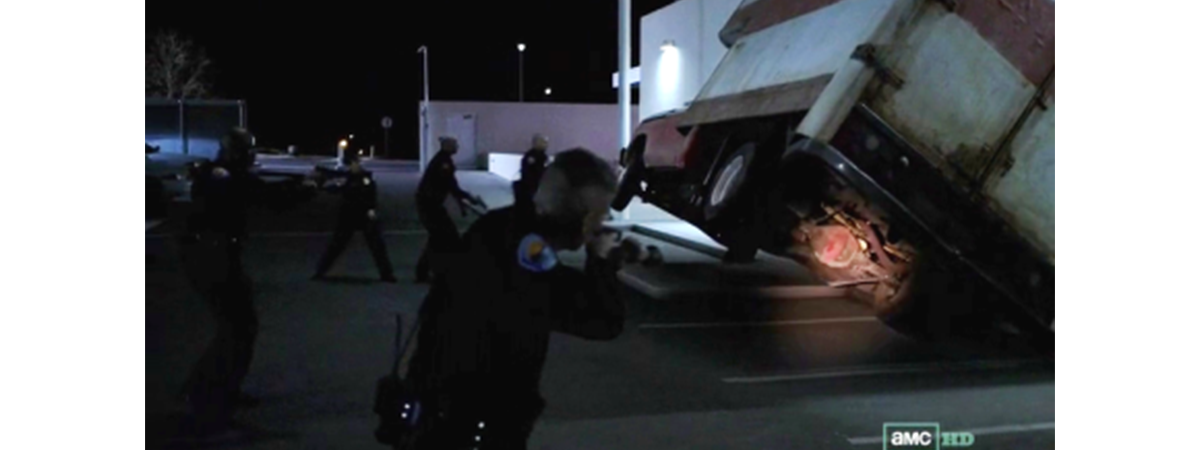
So, would this really work? The MythBuster Juniors put the theory to the test! They started the experiment in small scale and used a Neodymium magnet which they lowered down towards objects to test if the magnetic field would pull objects up. They tested a paper clip and a fork; both were attracted up to the magnet. They then tried putting a block of concrete in front of the magnet and tested to see if the magnetic field was strong, the magnet still performed as normal. Next step was to see if the magnetic field would wipe a hard drive. The first test was inconclusive as they didn’t strap the magnet down, so they couldn’t confirm if the it was the impact or the magnetic field that wiped the disc. When the hard drive was strapped, the magnet was lowered 2 inches from the hard drive before the hard drive wiped. This proves in close range magnetic field can affect hard drives.
But the big question was, would it work in full scale? They put this to the test! The team sourced an electromagnet with all the same characteristic and components to the magnet used in Breaking Bad, and the room was set up to replicate the evidence room. They position the electromagnet to the outer wall of the set up and turn it on. The team wait in anticipation, they hear creaking and one of the lights slowly starts to swing, but nothing happens! Adam from Myth Busters goes to investigate. He throws a fork at the wall and it does pin to the wall, meaning the magnetic field was present. The laptop and hard drive were also still working, resulting in the experiment a fail, or in Myth Buster terms, BUSTED! To conclude, the reality of the stunt isn’t possible due to distance decreasing the force a magnet gives. The only way the experiment would be possible, is if the magnet was in direct contact with the laptop and the hard drive.
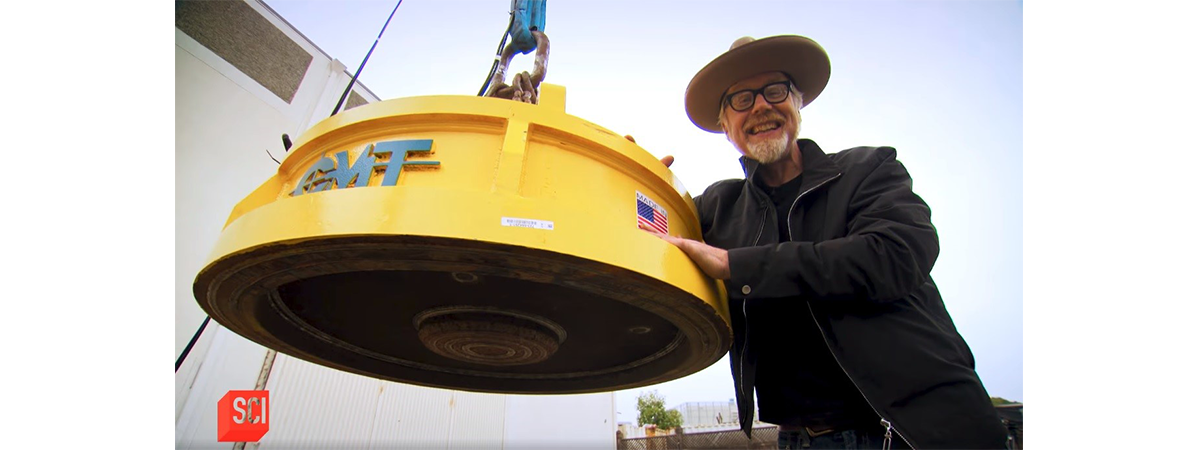
Stranger Things
Can magnets suddenly demagnetise and fall off the fridge? Joyce goes looking for answers when the magnets on her fridge become demagnetised.

Stranger things also raise questions on the power of electromagnets. The show discusses if it’s possible for a force to be powerful enough to demagnetise part of their town and Joyce’s fridge magnets. With the help of her local science teacher, Joyce learns that a huge electrical force could theoretically be demagnetising her fridge magnets and part of her town. He explains this by making an electromagnet out of a metal lunch box and some coil and says the field the object affects any charged object in its vicinity. He then concludes by saying, “Theoretically speaking, I suppose some large version of this AC transformer could exist. A machine of some kind. But, in order to reach your house and downtown, gosh, that would take billions of volts of electricity and would cost tens of millions of dollars.” We won’t go into any more details of the plot in case you haven’t seen it yet! But let’s discuss the reality of this…
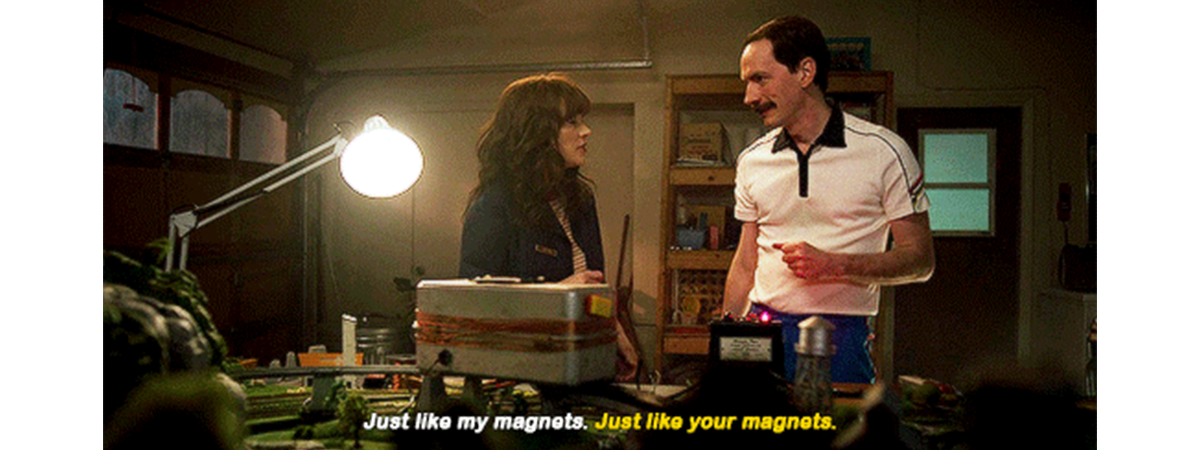
Whilst a billion of volts of electricity is possible, the odds of this happening are low. Also, there are various types of magnets, which all have different strengths and weaknesses to one and another. This is due to magnets having different coatings, and the fact they are made from different materials. Factors that effect magnets are temperature, air gap, materials, sheer force and steel thickness. For example, it is estimated that a neodymium magnet loses approximately 5% of its magnetism every 100 years. Optimum working conditions for Neodymium magnets include: not subjecting the magnet to temperatures above its maximum operating temperature (80°C), protecting from corrosion and not subjecting them to strong demagnetising fields. Neodymium magnets could be weakened by an electromagnet, that is constantly changing from high voltage to low voltage, but unfortunately, it is unlikely that stronger magnets like Neodymium will be affected.
What about Joyce’s fridge magnets?! Commonly fridge magnets are made from ferrite magnets. Ferrite magnets are opposite to Neodymium, as they become more resistant to demagnetisation in higher temperatures. Ferrite can perform well in temperatures of up to 180°C. So, can you demagnetise ferrite magnets? If you use an alternating current (AC) field, it is possible. The method uses a magnetic field generated by a current flowing through an electromagnet (solenoid) to change the ordering of the magnetic dipole. An AC current is used to produce magnetic field of changing direction near the magnet. The electro-magnetic field causes the magnetic dipoles to switch direction many times. Each time the field points to one direction, some magnetic dipoles will try to align along that direction. If the field is big enough, many will align along that direction. When the field is reduced and reversed, not all these magnetic poles will reverse. Hence, by repeating this process many times (that’s why an AC current is needed) and also by reducing the magnitude of the current as we go, to reduce the strength of the electromagnetic field, the magnetism of the magnet can be reduced to almost zero. In an electromagnet, ceasing the flow of current will eliminate the magnetic field. However, a slight field may remain in the core material as a result of hysteresis. So, if the cause of this in Joyce’s town acts like an AC current it could be possible.
However, as discussed in the Breaking Bad section, magnetic forces can be weakened by distance. Unless these magnets are in direct contact or in close proximity with the source it is unlikely that the magnets would be affected. Whilst Stranger Things put up a good argument, unfortunately this time the odds are against you.
The Big Bang Theory
The Monopolar Expedition- What is a Monopole magnet?
Of course, our beloved scientists had to discuss a magnetic theory! They touch on a theory that we get questions about all the time, the monopole theory. Sheldon wins a National Science Foundation grant, all-expenses-paid trip to the North Pole, to try to detect magnetic monopoles. He takes with him his trusted friends and fellow scientists Leonard, Raj and Howard. This would help prove string theory and would be one of Sheldon’s biggest accomplishment in his career. Sheldon believes he makes the discovery and publicly announces he has confirmed string theory and is set to receive a Nobel Prize. However, he then learns his discovery is a hoax, as the charge found was static electricity, thanks to his friends using an electric tin opener to corrupt his data. This leads to Sheldon having to issue a retraction to his announcement, which dampens his reputation.
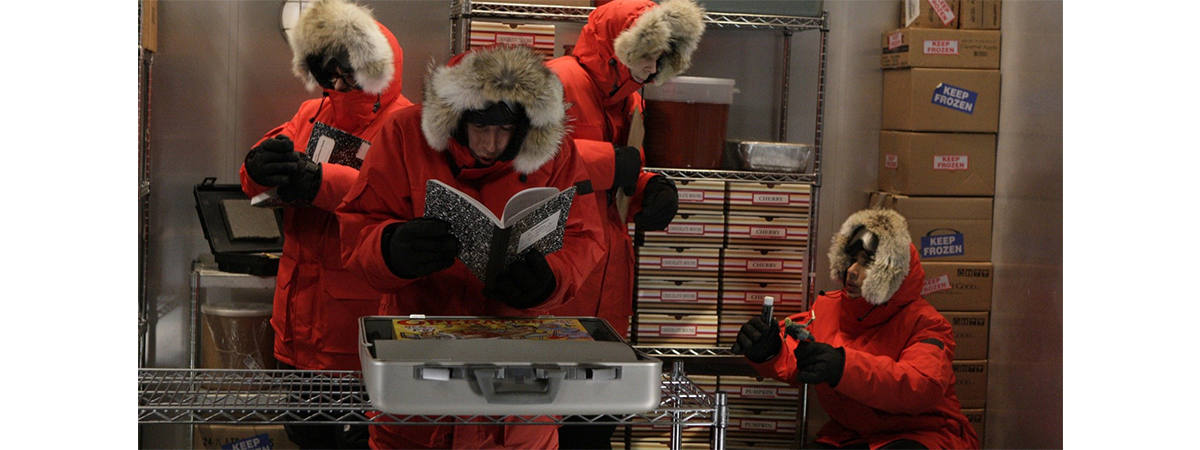
Perhaps we should explain? Despite some claims on the internet there is no such thing as a monopole magnet. Magnetism flows from the north to the south pole of a magnet and if a magnet only had one pole, there would be no magnetism and hence it could not be a magnet. Monopole magnets therefore do not exist. All magnets have both a north and a south pole. If you take a bar magnet with north at one end and south at the other and cut it in half to secure just a north pole, you will find that the two halves suddenly have a north and south pole too. If a monopole was possible, it would facilitate perpetual motion magnet generators which would lead to unlimited free electricity. Better luck next time Sheldon!

As you can see magnets are everywhere, even in our favourite TV programmes, even their theories are hit and miss, it definitely gets you thinking of what could be possible. So, throw on your pyjamas, get settled on the sofa, switch the TV on and let’s get looking for magnets! Let us know if you spot any and we shall do the investigating for you! Send on your magnet spotting’s to marketing@magnetexpert.com.


